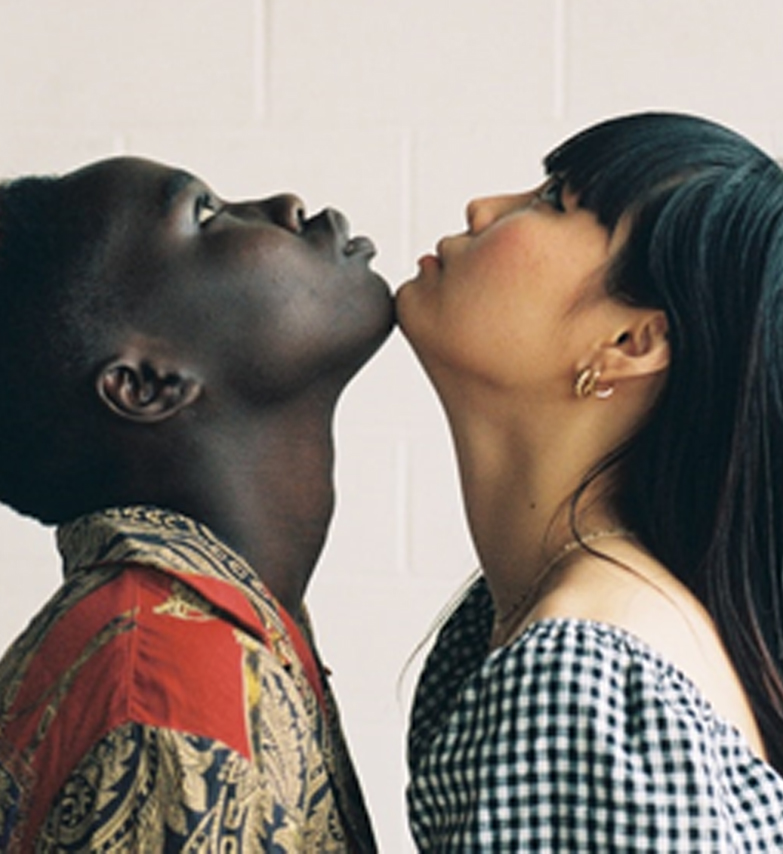

The first step in a marketing campaign lifecycle is to identify the target group and adapt the offer to match the audience characteristics.
Target group identification has evolved. Lately, technology has enabled marketers to collect tremendous amount of customer data. Thanks to marketing automation platforms, customer behavior tracking and analytics tools, and customer data platforms, marketers have access to a 360-degree view of the customer.
Collectively, big data, combined with new methodologies for data processing and analysis, has enabled marketers to deploy new models for audience segmentation with predictive capabilities based on artificial intelligence (AI) algorithms.
This AI goes as far as predicting future consumer purchase behaviors, thanks to browser cookies, mobile geo-location positioning, online browsing history, social media sharing, brand likes, and online shopping experiences.
The hyper-personalization concept, in essence, provides an opportunity for marketers to deliver real-time, anywhere-anytime content and customer experience at an individual level.
Marketers today know way more about customer identities, lifestyles, behaviors, habits, and preferences than customers know about themselves.
Yet research by the Geena Davis Institute on Gender in Media found that 54% of consumers surveyed do not feel culturally represented in online advertising. And 71% of consumers expect brands to promote diversity and inclusion in their online advertising.
The analysis shows that there are still big issues around representation of what are called “minority” groups:
These numbers clearly tell us that there is an enormous opportunity for marketers to tap into. In an automated world, get human – and let your target groups identify themselves with your brand efforts.
Today more than ever, the case is compelling! It is evident that online campaigns that have more diverse representation have a higher recall rate: 90% of ads that featured a diversity strategy experienced higher recall rate.
Firstly, what is Diversity, Equity, and Inclusion (DEI)?
Diversity ensures that a marketer invites everyone to the party. In other words, the message and offer are designed for a diverse target group.
Equity in marketing terms can be interpretated as being fair to your audience. This fairness can be manifested via delivering your offer on diverse channels so that everyone has the same chance at that offer. This part of the DEI concept is relative innate for marketers; however, there are still some gaps to be addressed (e.g., an elderly person who is not on Instagram or TikTok may never have the opportunity to learn more about the trendy Gen Z-focused offers on healthy food, yoga retreats, or online shopping experiences.)
Inclusion enables that everyone has the same chance for consuming an offer. A visually impaired person can read the offer; a person with hearing loss can understand what you communicate in your videos; a gay couple can relate to your “romantic couple weekend away” banner; a person who practices a different religion does not feel insulted by your assumption that Easter is a celebration for everyone.
Let’s continue with some fact checking. In the summer of 2019, The Female Quotient partnered with Google and Ipsos and surveyed more than 3,000 consumers in the US from various backgrounds to get insights about brand perception, based on their advertising and marketing diversity and inclusion efforts. At a high level, the outcome was:
Creating a marketing strategy that incorporates diversity, equity, and inclusion practices can bring more loyal customers and expose your brand to a much larger market.
Consider, too, that 70% of consumers expect brands to take a public stand on social and political issues. “Like a Girl,” a 2015 Super Bowl spot for Procter & Gamble’s Always brand, is one that jumps immediately to mind as a good example. Here are some others:
Nike’s recent campaigns have amplified the voices of underrepresented communities with its series of ads under the campaign titled “Until We All Win,” which aims to uplift indigenous people, LGBTQIA, and athletes.
Dove has always been a brand which supported women of color and women of all sizes. The brand’s “Real Beauty” campaign has broken the standard of beauty which is portrayed every day on media.
L’Oréal Paris launched a video campaign, “Your Skin, Your Story,” featuring a diverse blend of individuals and illustrating their individual skin stories, empowering women to feel comfortable in their skin.
Vodafone has also expressed its support to diversity with its campaign “Belong,” where it celebrates diversity.
When a brand takes a stand on DEI, it immediately builds a positive brand perception in consumers’ eyes. This links to an increase in brand effectiveness, and significantly lifts purchase intent and loyalty.


Marketers have great potential to tap into diverse groups of people and match their needs by implementing marketing practices that are diverse, inclusive, and give everyone a fair chance of accessing the offer. How can you put this in practice?
On an ending note, organizations with inclusive cultures are two times more likely to exceed financial targets, three times as likely to be high performing, six times more likely to be innovative and agile, and eight times more likely to achieve better business outcomes.
Finally, if a marketer wants to serve a diverse market, it must embrace diversity from within. It must walk the talk and sensitize its own company to find new diverse sources of talent to understand customers better and thereby increase sales.
After all, isn’t this how diverse ideas, innovative solutions, multiple points of view are surfaced?
Sources:
Juliet Bourke, Which Two Hats Are Better Than One? How Diverse Teams Create Breakthrough Ideas and Make Smarter Decisions (Australian Institute of Company Directors, 2016)
Google/Ipsos, U.S., Inclusive Marketing Study, n of 2,987 U.S. consumers ages 13–54 who access the internet at least monthly, Aug. 2019.
https://digitalmarketingdepot.com/whitepaper/the-personalization-maturity-curve
Various images from Unsplash.com/
@thoughtcatalog Renate Vanaga @whynottogoforit, Nathan Anderson @nathananderson, Gemma Chua-Tran @gemmachuatran
Marigold: where relationships take root.